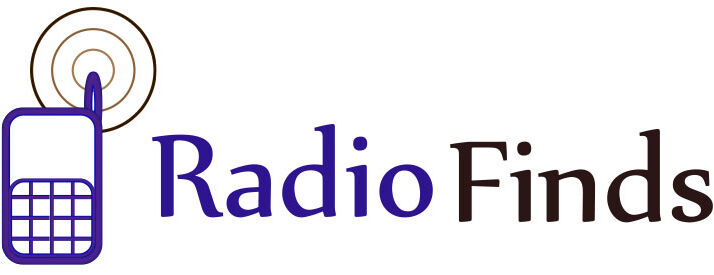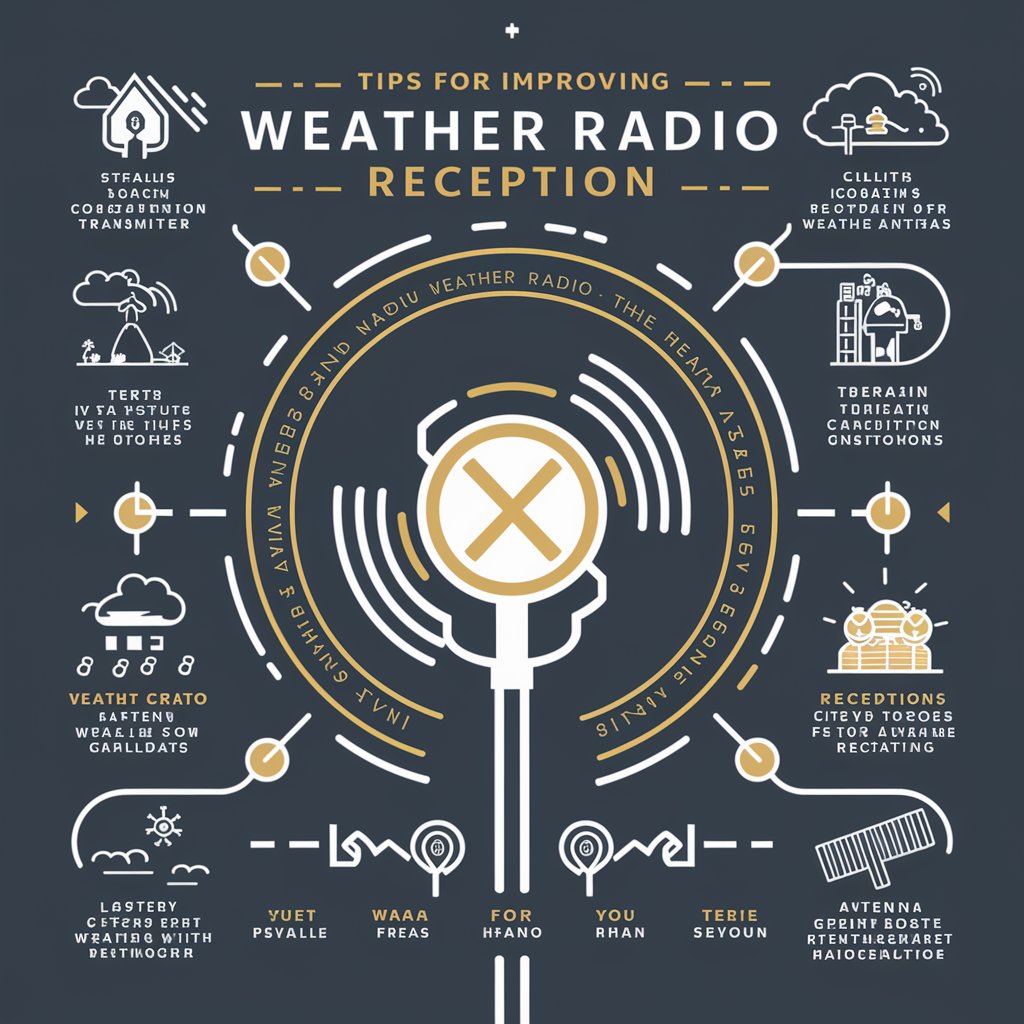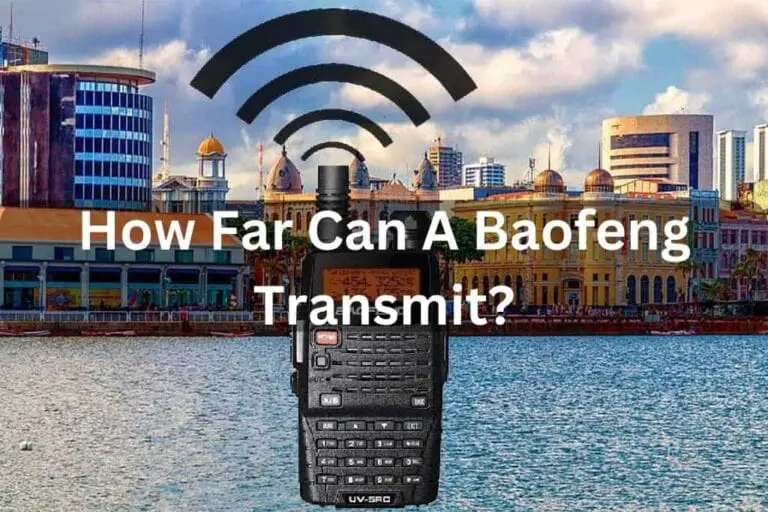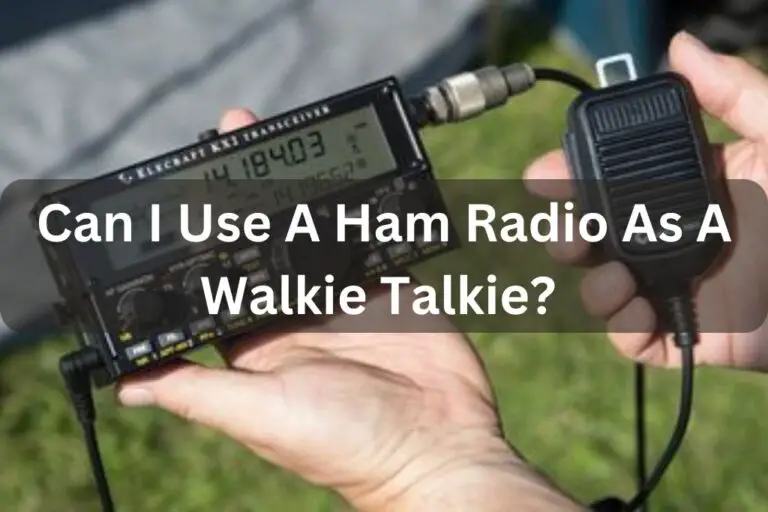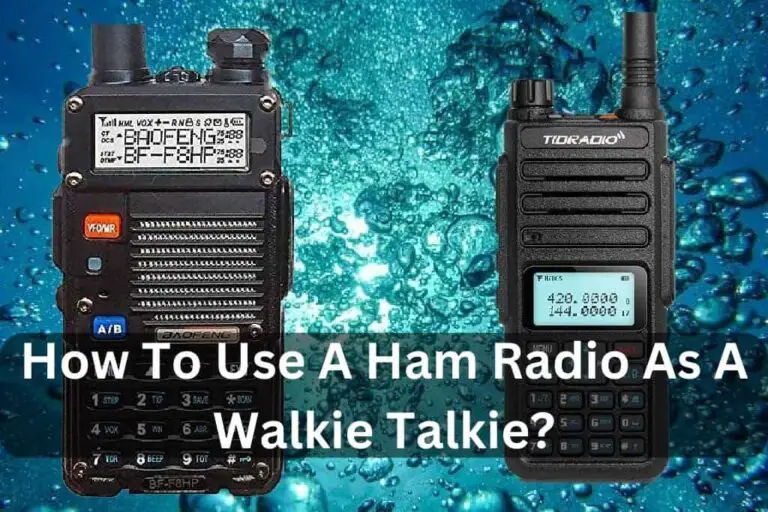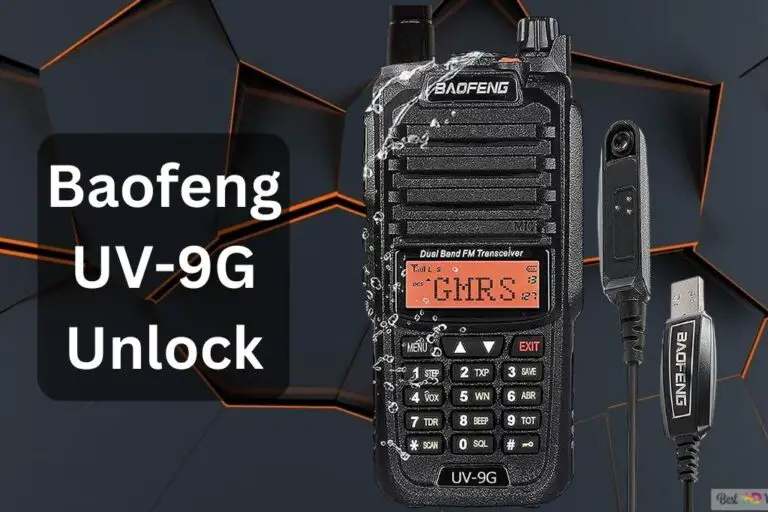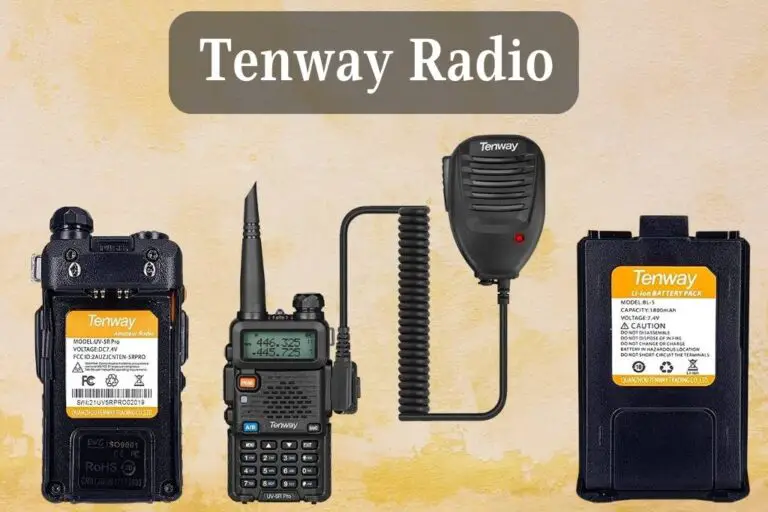Frequency for NOAA Weather Radio: The Ultimate Guide
What is NOAA Weather Radio?
NOAA Weather Radio (NWR) is a nationwide network of radio stations broadcasting continuous weather information directly from the nearest National Weather Service office. It provides official Weather Service warnings, watches, forecasts, and other hazard information 24 hours a day, 7 days a week.
Why is the Right Frequency Important?
Using the correct frequency is crucial for receiving accurate and timely weather information from NOAA Weather Radio. If you tune in to the wrong frequency, you may miss critical updates or receive information that is not relevant to your location.
NOAA Weather Radio Frequencies
NOAA Weather Radio broadcasts on seven different frequencies, depending on the location. These frequencies are:
| Frequency (MHz) | Band |
|---|---|
| 162.400 | VHF |
| 162.425 | VHF |
| 162.450 | VHF |
| 162.475 | VHF |
| 162.500 | VHF |
| 162.525 | VHF |
| 162.550 | VHF |
To find the right frequency for your area, you can:
- Check the NOAA Weather Radio Station Listing (note: do not include this as an actual link)
- Look for the frequency on your weather radio device
- Consult local media outlets or emergency management officials
Factors Affecting NOAA Weather Radio Reception

Several factors can impact the reception of NOAA Weather Radio signals:
- Distance from the transmitter: The farther you are from the transmitter, the weaker the signal.
- Terrain: Mountains, hills, and tall buildings can obstruct the signal.
- Weather conditions: Severe weather, such as thunderstorms, can cause interference.
- Antenna quality: A well-designed and properly positioned antenna can improve reception.
Tips for Improving NOAA Weather Radio Reception
- Use a high-quality antenna designed for VHF frequencies
- Place the antenna as high as possible and away from obstructions
- Adjust the antenna position to find the best signal strength
- Consider using an external antenna for better reception in challenging locations
The Role of AI in NOAA Weather Radio Content Optimization
Artificial Intelligence (AI) and Natural Language Processing (NLP) play a significant role in optimizing content related to NOAA Weather Radio frequencies. By using AI-driven techniques, content creators can:
- Identify the most relevant keywords and phrases related to the topic
- Optimize the content structure and headings for better search engine rankings
- Analyze user intent and create content that addresses their needs effectively
- Improve the readability and engagement of the content
Frequently Asked Questions (FAQ)
- Q: How often should I check the NOAA Weather Radio frequency in my area?
A: It is recommended to check the frequency at least once a year or whenever you move to a new location. - Q: Can I use a regular AM/FM radio to listen to NOAA Weather Radio?
A: No, you need a special radio receiver capable of picking up the VHF frequencies used by NOAA Weather Radio. - Q: What should I do if I can’t find the right frequency for my area?
A: Contact your local National Weather Service office or emergency management agency for assistance.
Conclusion
Understanding the importance of using the right frequency for NOAA Weather Radio is essential for staying informed about weather conditions and potential hazards in your area. By following the tips and information provided in this guide, you can ensure that you have access to accurate and timely weather information when you need it most. Remember to take advantage of AI and NLP techniques to optimize your content and improve your search engine rankings.
